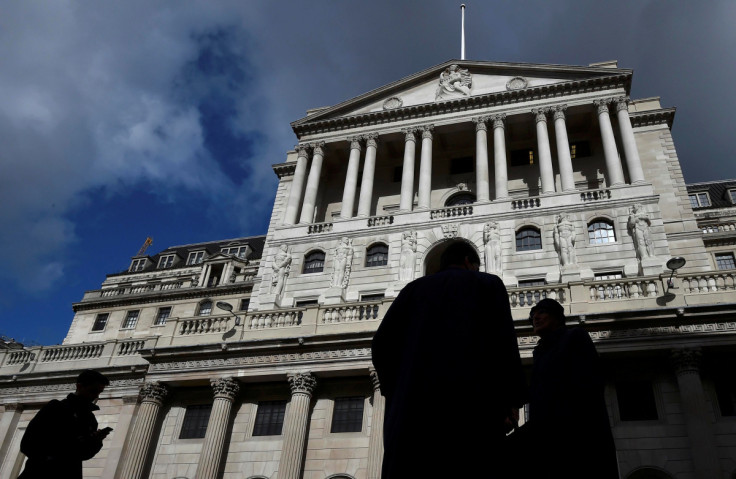Investors bet on bigger BoE rate hikes after inflation overshoot
British two-year government bond yields surged on Wednesday to their highest level since the depths of the global financial crisis almost 14 years ago as stronger-than-expected inflation data fuelled bets on further Bank of England interest rate hikes.

British two-year government bond yields surged on Wednesday to their highest level since the depths of the global financial crisis almost 14 years ago as stronger-than-expected inflation data fuelled bets on further Bank of England interest rate hikes.
Annual consumer price inflation jumped to 10.1% in July from 9.4% in June, official data showed on Wednesday, above all forecasts in a Reuters poll of economists and its highest since February 1982.
Two-year gilt yields rose more than 30 basis points on the day to hit a peak of 2.453% at 1216 GMT, breaking past a previous high set on June 21 to reach their highest level since November 2008, and were trading at 2.38% at 1434 GMT.
Financial markets are fully pricing in that the Bank of England will raise its main interest rate by at least half a percentage point to 2.25% - which would be its second big rate hike in a row - at the end of its next meeting on Sept. 15.
Markets see a slim 13% chance that the BoE will raise rates by three quarters of a percentage point next month.
"Today's inflation upside surprise, coming on the heels of a strong labour market report yesterday is likely to prompt another 50bp rate hike by the Bank of England at its next policy meeting," said Silvia Dall'Angelo, senior economist at investment bank Federated Hermes.
Markets were pricing in around 200 basis points of BoE tightening by May next year which would mean Bank Rate peaks at 3.75%. On Tuesday markets had priced another 155 basis points of rate hikes by March 2023 when they were expected to peak.
Benchmark 10-year gilt yields were 15 basis points higher at 2.28%, and prices for British debt underperformed German and U.S. government bonds.
The spread between 2-year and 10-year gilt yields - sometimes viewed as a signal of recession - was its most inverted or negative since June 2008, when Britain's economy was just entering a major recession, at around minus 14 basis points.
However, 10-year gilt yields are likely to rise more than two-year yields over the remainder of the year as the surging cost of living forces the government to provide more short-term fiscal support, strategists at NatWest Markets forecast.
Ten-year gilt yields look on course to rise to 3% by the final quarter of this year, especially as the Bank of England will next month begin the process of selling some of its 844 billion pounds of gilt holdings from next month, NatWest added.
"Fiscal loosening combined with quantitative tightening (QT) marks a regime shift in the gilt market," NatWest Markets rates strategist Imogen Bachra said.
Copyright Thomson Reuters. All rights reserved.




















